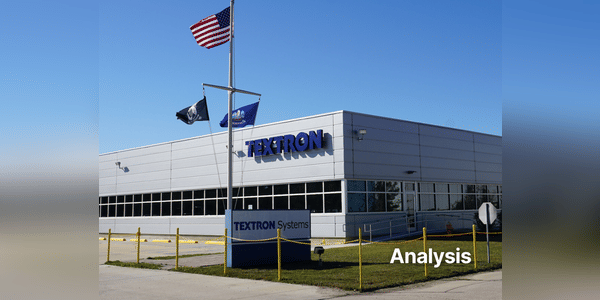Textron, which makes defense aerospace systems such as airplanes and helicopters, has reached absolute new heights in recent months thanks to rising margins and sales. We look at what potential the company still holds in this analysis.

The company is divided into several major divisions, including Textron Aviation, which specializes in the production of Cessna and Beechcraft aircraft. Another major division is Bell, which focuses on manufacturing helicopters and other aircraft systems. Textron Systems supplies defence systems and advanced technologies for military applications. The Textron Industrial division manufactures vehicles and industrial products, including brands such as E-Z-GO and Jacobsen.
Textron is known for its innovation and strong market presence in aerospace, military technology and industrial products. With a long history and an extensive product portfolio, it ranks among the major players in the industrial sector.
Interesting fact: In 1960, the company launched the…